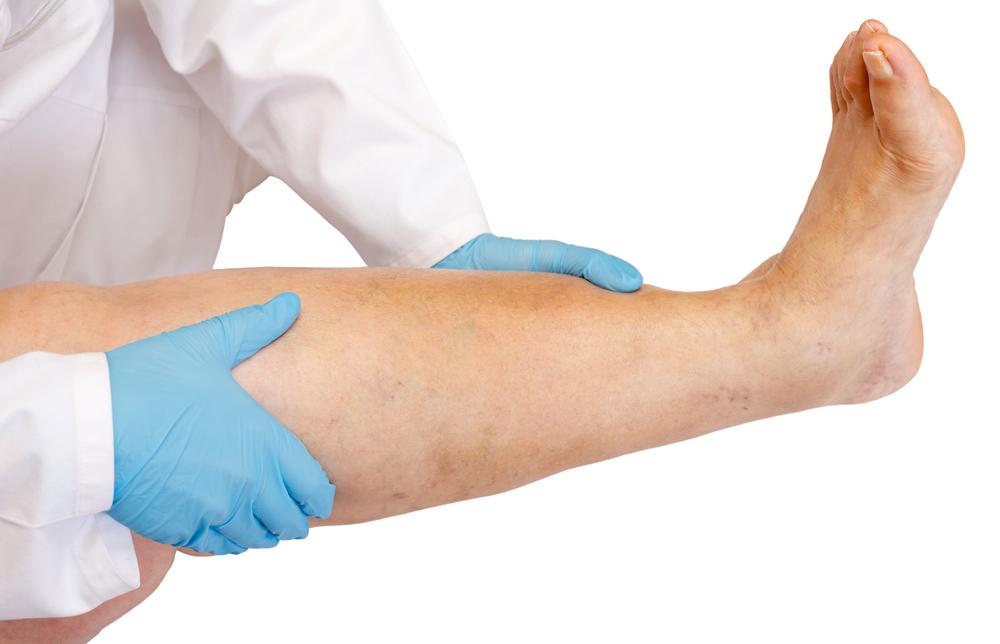Understanding and Managing Leg Discomfort: Causes and Solutions
This article explores common causes of leg discomfort such as cramps, PAD, DVT, shin splints, fractures, hamstring injuries, and sciatic pain. It details symptoms and offers practical treatment tips like stretching, RICE, and lifestyle adjustments. Understanding these factors can help in effective management of leg pain across all ages, emphasizing the importance of timely medical care when necessary.

Understanding and Managing Leg Discomfort: Causes and Solutions
Leg discomfort – Key causes, signs, and remedies
Leg discomfort is a common concern impacting a broad population worldwide. While many associate this issue primarily with older adults, people of all ages can experience leg pain for various reasons. Here, we explore typical causes, notable symptoms, and effective treatments for leg discomfort to help you better understand and address this condition.
Primary causes of leg discomfort
Several factors contribute to leg pain, including:
Muscle cramps
Often referred to as Charley Horses, muscle cramps happen when the calf or back thigh muscles involuntarily contract, causing spasms.
Cramping commonly occurs at night during rest periods, resulting in intense pain that can last several minutes.
Peripheral Arterial Disease (PAD)
This condition involves inadequate blood flow to leg muscles, leading to cramping and pain, particularly in the buttocks area.
Deep Vein Thrombosis (DVT)
DVT develops when prolonged sitting causes blood clot formation in the deep veins of the leg. If untreated, it may travel to the lungs, causing symptoms such as shortness of breath, dizziness, and coughing up blood.
Symptoms like swelling, localized pain, and redness often accompany DVT.
Shin splints
Shin splints usually result from overexertion or high-impact activities, causing pain in tendons, muscles, and bones around the shin area.
Bone fractures
Fractures arise from significant pressure or trauma, leading to bone cracks or breaks. Visible fractures cause severe pain, swelling, bruising, and deformity, while stress fractures develop gradually with increasing discomfort.
Hamstring injury
Overstretching or tearing of hamstring muscles or tendons leads to pain in the back of the thigh. Common causes include running or improper stretching practices.
Sciatic nerve irritation
Pinched nerves or herniated discs often trigger sciatic nerve pain, which begins in the lower back and radiates down the leg, sometimes spreading further.
Typical symptoms of leg discomfort
Signs include swelling, skin redness, joint pain, back discomfort, and tingling sensations, varying based on the root cause.
Addresses and remedies for leg discomfort
While online resources suggest various home treatments, here are some effective methods you can try before consulting a healthcare professional.
Stretching and massage
Gentle stretching and massaging the affected leg can alleviate muscle spasms. Walking on your heels or stretching before sleep helps reduce stiffness. Hydration—drinking plenty of water—is also beneficial.
RICE approach
The RICE method—Rest, Ice, Compression, and Elevation—is effective for sprains and strains. Rest minimizes further injury, ice reduces swelling, compression supports the area, and elevation facilitates fluid drainage. Consistent use aids recovery.
Additional measures include moderate exercise to relax muscles, maintaining a healthy diet to prevent deficiencies, and managing lifestyle factors like smoking, cholesterol, blood sugar, and blood pressure. If circulatory issues are involved, medical attention is essential for proper treatment.










